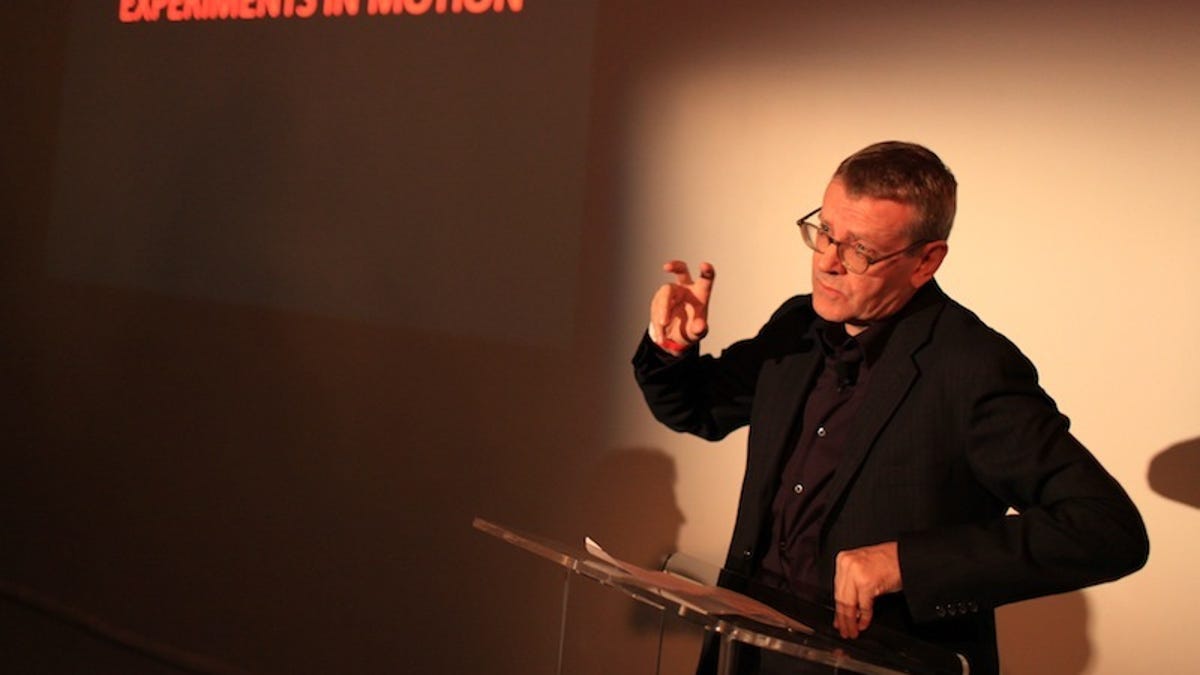To design next-gen cars, Audi envisions tomorrow's cities
Audi is working with architects, designers, and mobility visionaries to get input on what the city of the future will look like. What they dream up will influence the next generation of Audi vehicles.

Audi is grappling with the challenge of designing cars for cities that don't yet exist. To figure out what the new urban landscape will look like, the auto manufacturer is working with the academics, designers, and mobility visionaries who will influence the end result.
By 2050, approximately 80 percent of the world's population will live in urban centers, according to Audi. Realizing that it won't be possible to sell existing vehicles in densely populated environments, the carmaker plans to create vehicles that respond to their environment, said Scott Keogh, chief marketing officer for Audi of America.
To achieve that goal, the auto manufacturer created the Audi Urban Future Initiative, a cross-continental think tank that seeks ideas and input from transportation, architecture, and design thought leaders. The initiative began two years ago, and in its second phase, Experiments in Motion, Audi will takes insights from the think tank and seed a set of student architecture design studios at Columbia Graduate School of Architecture Planning and Preservation (GSAPP). The studios will execute ideas centered around New York City, similar to its New York installation of the Audi Future Project, and be open to the public for feedback.
At the dinner that kicked off Experiments in Motion, Columbia GSAPP's dean, Mark Wigley, challenged the relationship between motion and urban life.
Architects grapple with the idea that a city built for speed is a city designed for success. But speed is a matter of perception, Wigley said. "Don't just create a new car, create a new mobility," he challenged.
What that new mobility will be is yet to be seen. The role of Columbia's architecture department is "to reduce the number of not-so-stupid ideas," joked Wigly. "With Audi, we can do that even more."
The task of Experiments in Motion will be to figure out various forms of mobility--be it information, communication, or transportation--and potentially incorporate them into automotive, transportation, and architectural solutions. That said, it's unclear what tangible automotive features will come from these nebulous thought-discussions. A curator of the event admitted that in discussions architects are more interested in discussing motion, while Audi preferred to talk about mobility.
The partnership with Columbia University is a way for Audi to set its sights on the automotive horizon while keeping its ear to the ground. At the very least it shows how the manufacture is thinking, and that it is thinking, about the needs of the future, and not just selling cars.

